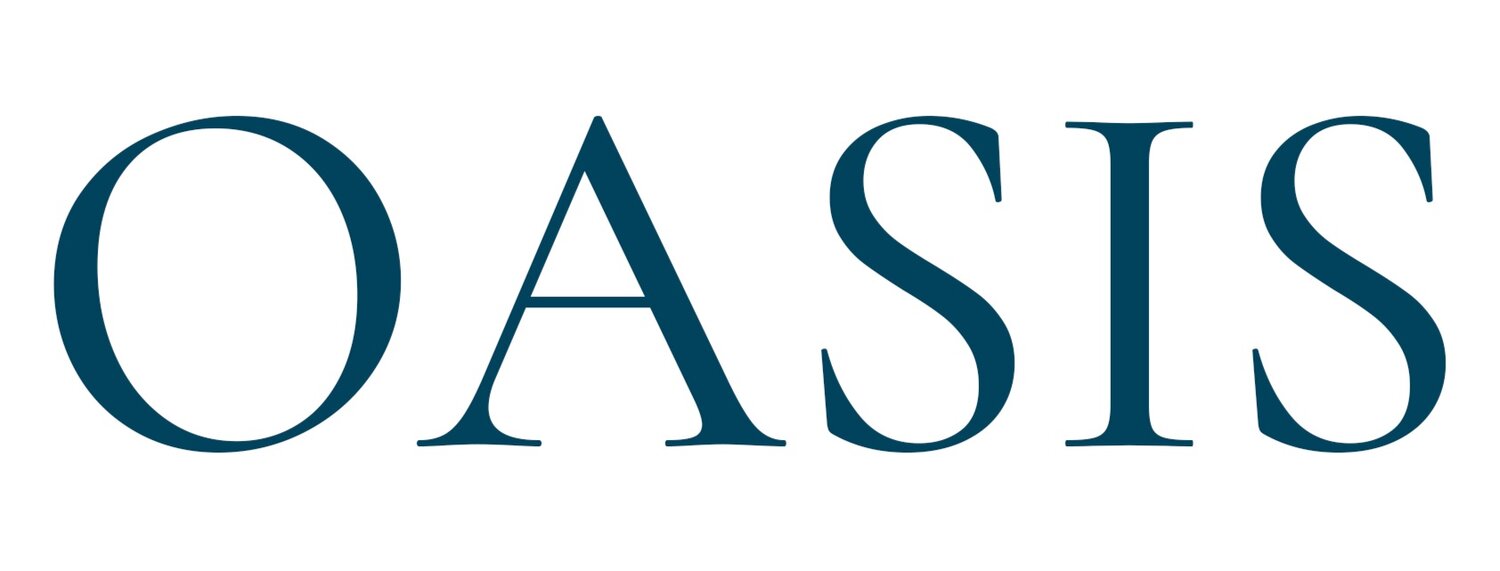Saving maternal lives in resource-poor settings: Facing reality
Literature review to identify interventions that require minimal treatment/infrastructure and are not dependent on skilled providers. Simulations were run to assess the potential number of maternal lives that could be saved through intervention implementation according to potential program impact. Regional and country level estimates are provided as examples of settings that would most benefit from proposed interventions.
Three interventions were identified: (i) improve access to contraception; (ii) increase efforts to reduce deaths from unsafe abortion; and (iii) increase access to misoprostol to control postpartum hemorrhage (including for home births). The combined effect of postpartum hemorrhage and unsafe abortion prevention would result in the greatest gains in maternal deaths averted. Bold new initiatives are needed to achieve the Millennium Development Goal of reducing maternal mortality by three-quarters. Ninety-nine percent of maternal deaths occur in developing countries and the majority of thes ewomen deliver alone, or with a traditional birth attendant. It is time for maternal health program planners to reprioritize interventions in the face of human and financial resource constraints. The three proposed interventions address the largest part of the maternal health burden.
© 2008 Elsevier Ireland
published in Health Policy 2009
